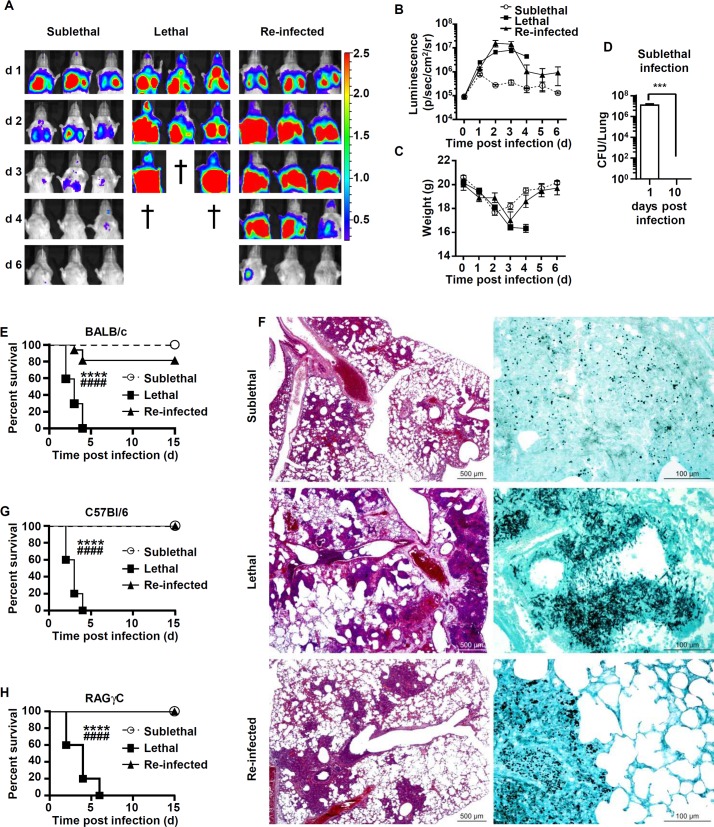Fig 1. Mice recovering from sublethal A. fumigatus conidia inoculum are protected in a T-, B-lymphocytes or NK independent manner.
Mice were either infected at day 0 with a sublethal (SL) or a lethal (L) concentration of A. fumigatus conidia. Re-infected (Re-Inf) mice were first infected with a SL dose and 10 days later were challenged with the L dose. The mice survival was followed on a daily basis during 15 days p.i. (A) A. fumigatus-emitted bioluminescence images from the thorax of representative BALB/c mice taken using the IVIS spectrum (Perkin) (B) Quantification (photons per second) of bioluminescence signal from mice chest areas using Living Image software (Perkin). (C) Modulation of the body weight in the three infection settings. (D) Colony forming unit from lungs homogenates. Mice were sacrificed from the “SL” group at day 1 and 10 and lung homogenates were collected and plated to determine the colony forming units (CFU). (E) Survival rate of BALB/c mice in the three infection settings. (F) Representative lung sections from mice at 48 h p.i. Left panels show Hemalun and right panel methenamine silver stained lung sections. Hemalun staining visualizes the inflammatory foci (purple), whereas silver staining visualizes fungal elements (black). (G) Survival rate of C57BL/6 mice in in the three conditions (H) Survival rate RAG-/-γc-/-mice in the three conditions. (****p = 0.0001 L dose vs SL dose; ####p<0.0001 L dose vs Re-Inf mice; n = 10 to 15 mice per group).

